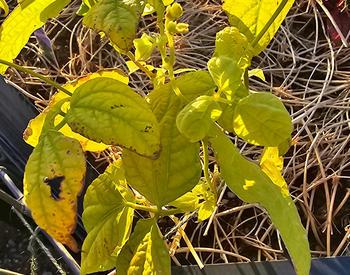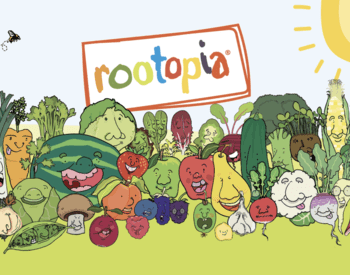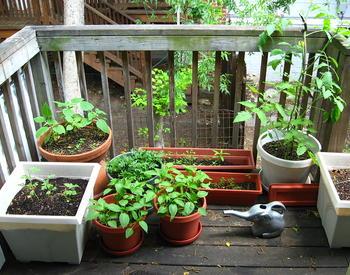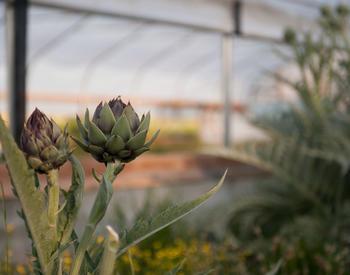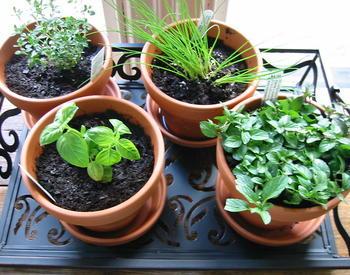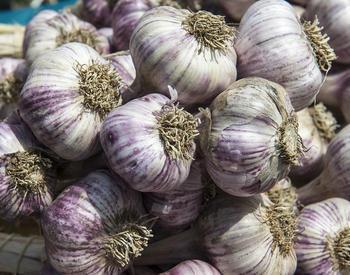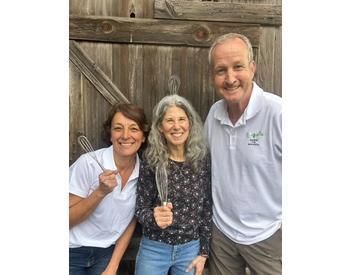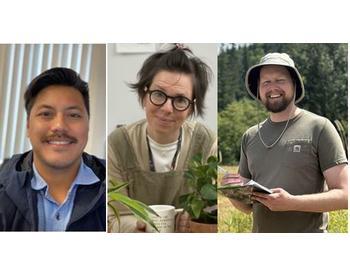PORTLAND, Ore. – Ask anyone to think of a vegetable and the words “corn,” “broccoli” or “carrots” might pop into their heads.
Microgreens? Not so much.
That’s especially true if you’re a second grader.
“Who’s heard about microgreens before?” asked Vera Skovierova in Irene Peterson’s class at Woodlawn K-5 School in Portland.
Silence.
“This might be a new word for you,” said Skovierova, one of two Oregon State University Extension Service nutrition educators delivering the lesson to the class. “Can you say microgreens?”
“Microgreens,” answered the children, adding a short pause between the “o” and the “g,” making it sound like two words.
“All right! You will learn about microgreens today,” Skovierova said.
It was the second planting day in April for second graders at Woodlawn, one of the hundreds of schools across Oregon that received seed-starting classroom kits through the Grow This! Oregon Garden Challenge, OSU Extension’s statewide seed giveaway.
The challenge is spearheaded by Food Hero, a statewide initiative of the Oregon Supplemental Nutrition Assistance Program Education (SNAP-Ed) program that was developed by OSU Extension in English and Spanish. The classroom kits include seeds, soil, spray bottles and containers.
At Woodlawn, Skovierova and Extension nutrition educator Rebecca Marson have fused the Grow This! seed-starting kits with Growing Healthy Kids, a garden-themed nutrition education curriculum developed at OSU for students in the second and third grades. Together, these programs are giving Woodlawn second graders the opportunity to plant and grow seeds, learn about basic plant parts and try a variety of fruits and vegetables.
Planting seeds
The students planted radishes on April 12. The seedlings had already popped out of the soil a week later when Marson and Skovierova returned to teach the students about microgreens – nutritious baby plants grown from many different seeds that are harvested when only 2-3 inches tall.
“You have a scoop in your soil,” Marson said. “We’re going to take turns scooping the soil into your container. We’re going to fill our container up to the black line. Does everybody see that? Grab your cup of seeds and take a look at them. What do you notice?”
“There’s a lot of different seeds,” a student answered. “Yeah, there’s a variety of seeds here. We’re going to be planting a bunch of different kinds of microgreens.”
In 20 minutes, each student had planted the seeds in their individual containers, which Marson and Skovierova collected and placed on a cart in the back of the classroom along with the radishes.
Petersen said she appreciates the education that OSU Extension provides for her students.
“In second grade, we have a lot of science and health standards," Petersen said. "Health around nutrition and science around plants and seeds and seeing things grow and change. This gives them a real hands-on experience about nature and growing and also learning new foods that they can eat.”
The plan was to harvest the microgreens on May 3. Unfortunately, the microgreens didn’t grow as well as they had hoped.
“We’re putting together little kits with seeds, a container, some soil and a Food Hero microgreens planting tip sheet for students to try again at home,” Marson said. “Gardening is a fun experiment. Sometimes it works, sometimes it doesn't.”

